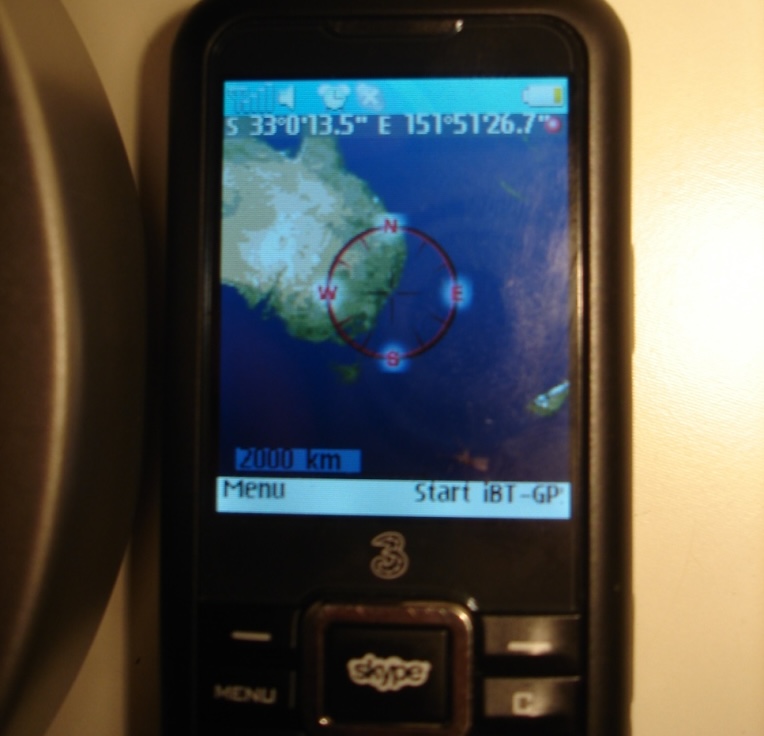Status: ❌
I’ve heard that Sydney is one of the most liveable cities in the entire world – a statement I would generally agree with. However. whoever made this statement obviously didn’t drive to work every day. I’ve reached the conclusion that one of the biggest (and only) drawbacks to Sydney, is the traffic.
So why is the traffic this bad? I have a few theories. The first theory is that Sydney drivers aren’t particularly cordial. I mean, the road could be ending on the merging lane and drivers still won’t let you in. I’ve literally sat for two blocks in near deadlock traffic with my blinker on, and nobody would let me in. Combine this with the fact that whoever designed Sydney’s roads was drunk at the time (roads that suddenly veer off to one side, other roads that go from three lanes to one, roads that steer around a park causing 20 minute delays, or roads always having a bottleneck whilst crossing the rail tracks, etc.,). This plays a role in how everybody typically drives – they drive very close to each other. I don’t just mean tailgating, it is something else. I’ve been to quite a few cities in the world, and I’ve never seen people drive so close to each other.
This close driving has one serious repercussion: there are accidents every morning. When I list to the radio, I continually hear of several major accidents every day. Now, I can’t stop people from tailgating, nor can I stop the accidents – but what I can do is at least try to plot the bottlenecks around the city. I mean, after driving a route several times you’ll already know the bottlenecks – but I think it would be fun to visualize them.
I’ve already done a fair bit of the research how to technically graph it, although there is still quite a bit more to do. My plan is to use OpenLayers, OpenStreetMap, Mapnik and of course Django to glue everything together. I’ll let you know when I have a prototype working.

